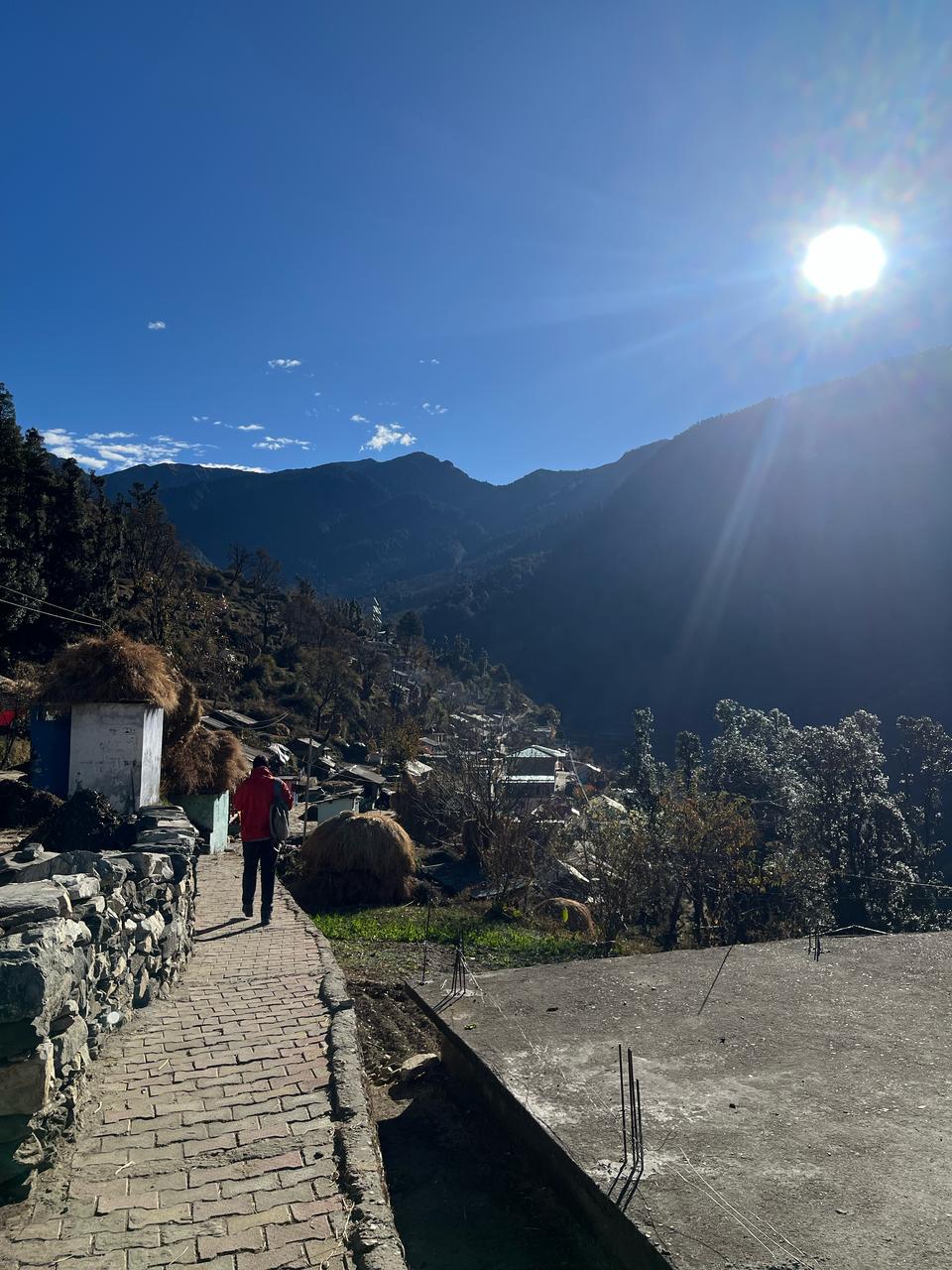The Garhwal Himalayas offer some of the most spectacular photography opportunities in the world. From dramatic mountain peaks to serene alpine lakes, from vibrant rhododendron forests to traditional mountain villages, every corner of this region presents a unique photographic challenge and opportunity. At Dodital Homestay, we understand that capturing these moments is as important as experiencing them, which is why we've created this comprehensive photography guide to help you make the most of your visual journey through the mountains.
"Photography is a way of feeling, of touching, of loving. What you have caught on film is captured forever... it remembers little things, long after you have forgotten everything." — Aaron Siskind
Whether you're a professional photographer looking for that perfect shot or a casual traveler wanting to capture memories, the Dodital region provides endless inspiration. The changing light conditions, dramatic weather patterns, and diverse landscapes create a dynamic environment that challenges and rewards photographers of all skill levels. From the golden hour lighting on snow-capped peaks to the misty mornings in oak forests, every moment offers a new perspective and a new story to tell through your lens.

Best Photography Locations Around Dodital
The Dodital region is a photographer's paradise, offering a variety of landscapes and subjects. The Dodital Lake itself is a prime location, with its crystal-clear waters reflecting the surrounding peaks and forests. The early morning hours, when the lake is still and the light is soft, provide some of the best opportunities for reflection shots and landscape photography. The trekking trails offer numerous vantage points for capturing the vastness of the Himalayan landscape. From the dense oak and rhododendron forests to the open alpine meadows, each section of the trail presents different photographic opportunities. The traditional mountain villages, with their stone houses and terraced fields, provide excellent subjects for cultural and lifestyle photography.
Photography Tips for Mountain Conditions
Photographing in the mountains presents unique challenges that require special techniques and equipment. The high altitude and changing weather conditions can affect both your equipment and your photography. Here are some essential tips for mountain photography: Lighting: The mountain environment offers dramatic lighting conditions. The golden hour (just after sunrise and before sunset) provides the most flattering light for landscape photography. The blue hour (before sunrise and after sunset) creates beautiful moody images with cool tones. Weather: Don't be discouraged by cloudy or misty weather. These conditions can create atmospheric and moody images that are often more interesting than clear blue skies. Fog and mist can add depth and mystery to your photographs. Composition: Use the rule of thirds, leading lines, and natural frames to create compelling compositions. The mountain environment provides natural leading lines in the form of ridges, streams, and trails.
Equipment Recommendations
While you can capture beautiful images with any camera, having the right equipment can enhance your photography experience in the mountains. A wide-angle lens is essential for landscape photography, while a telephoto lens can help you capture distant peaks and wildlife. A polarizing filter can help reduce glare and enhance colors, especially when photographing water and sky. For trekking photography, consider the weight and durability of your equipment. A sturdy tripod is essential for long exposures and low-light photography, but make sure it's lightweight enough to carry on long treks. Extra batteries and memory cards are crucial, as cold temperatures can drain batteries faster than usual.
Capturing Local Culture and People
The people and culture of the Garhwal region are as photogenic as the landscapes. The traditional dress, daily activities, and warm hospitality of the local people provide excellent opportunities for portrait and lifestyle photography. However, it's important to be respectful and ask permission before photographing people, especially in their homes or during religious ceremonies. The local festivals and celebrations offer unique opportunities for cultural photography. The vibrant colors, traditional music, and community spirit create dynamic and engaging images that tell the story of mountain life.


Comments & Discussion
Share your photography experiences and tips! Have you captured any amazing shots in the mountains? Let's discuss photography techniques and favorite locations!